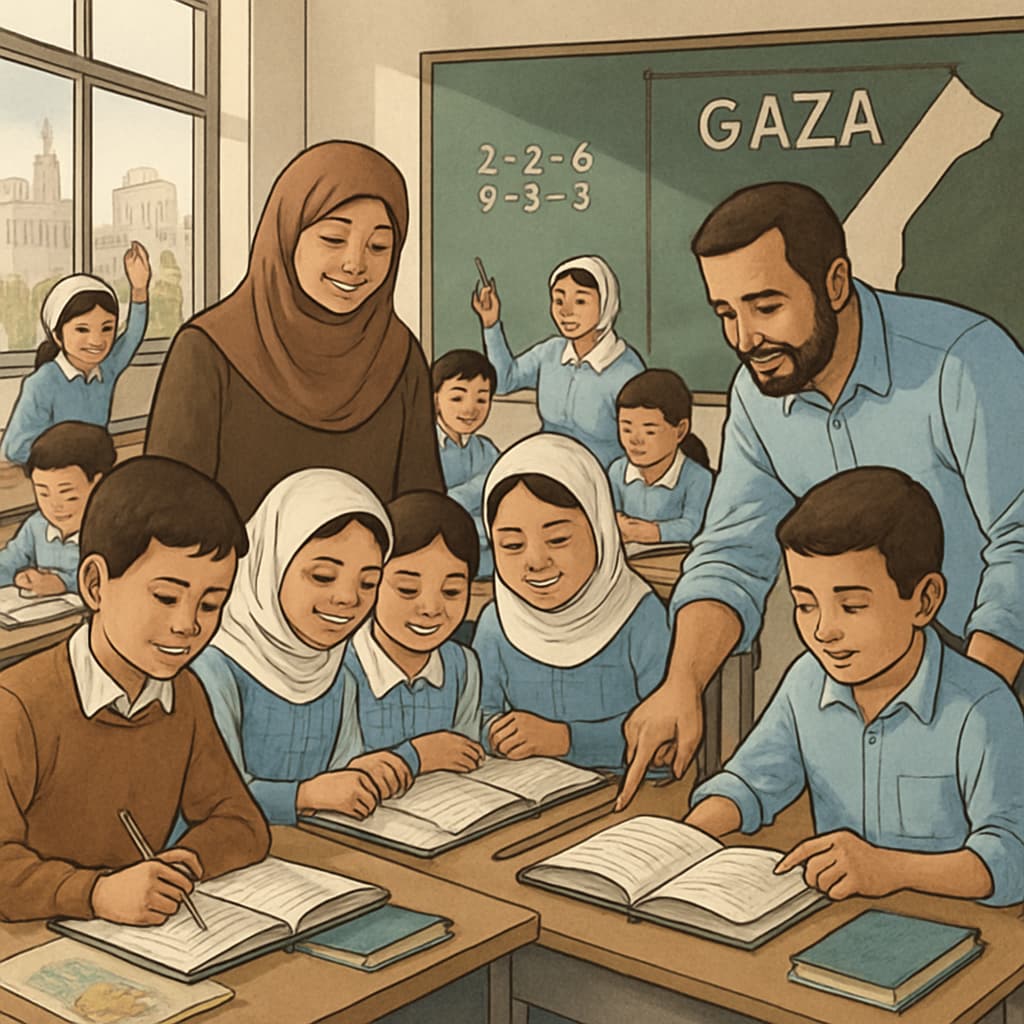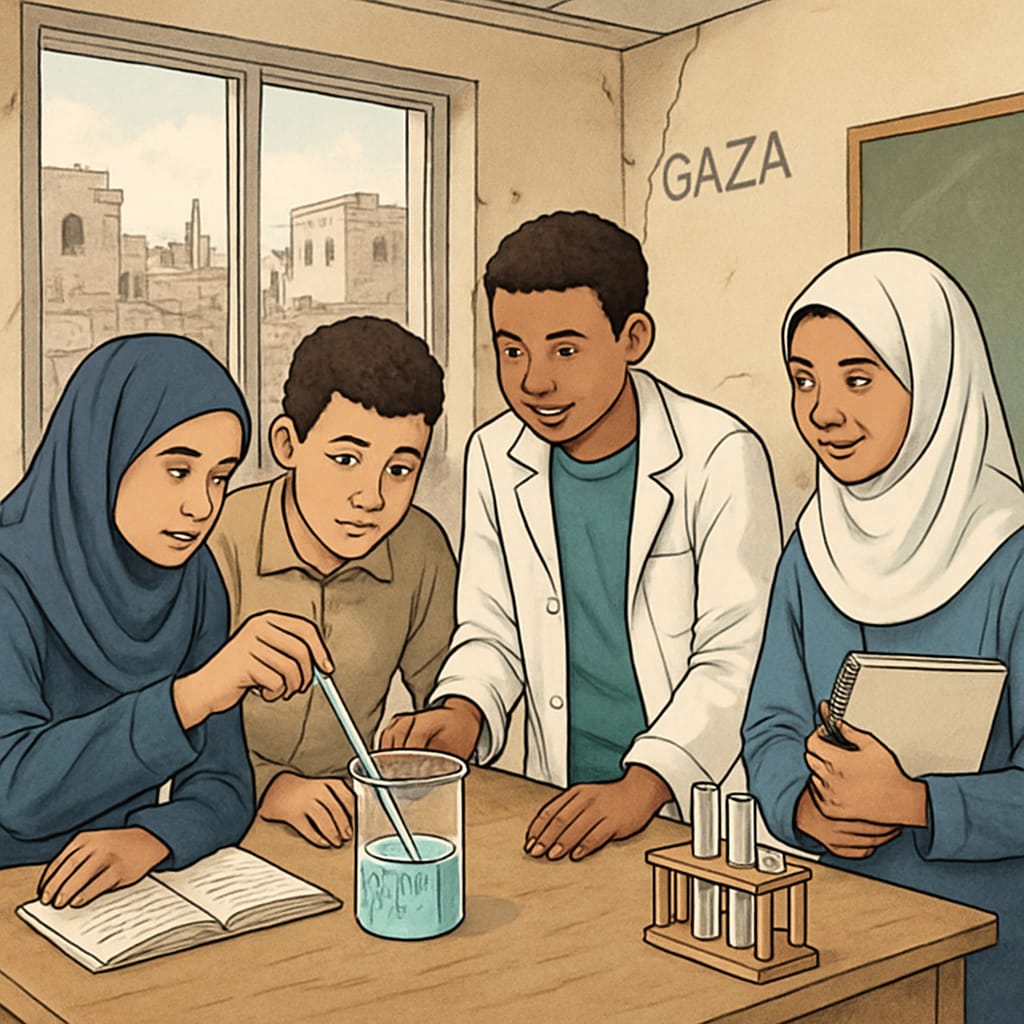In the aftermath of conflict, developing a robust education system in Gaza’s IDF-controlled areas presents significant challenges. The creation of a science and social studies curriculum must address the dual need to preserve cultural identity while meeting international academic standards. The stakes are high, as education is not merely an academic endeavor but also a pathway to stability and resilience for the next generation. This article examines the complexities of designing teaching materials in such a sensitive environment, offering insights into how curriculum developers can navigate this intricate process.
Unique Challenges of Curriculum Development in Gaza
The rebuilding of schools and the development of a standardized curriculum in Gaza face numerous obstacles. These include:
- Political Sensitivities: The region’s political environment creates challenges in selecting neutral and inclusive educational content.
- Resource Limitations: The lack of adequate funding, infrastructure, and teaching materials further complicates the process.
- Cultural Considerations: Balancing local traditions with global academic standards requires careful planning.
For example, social studies curricula must reflect Gaza’s rich history and cultural identity without inciting controversy. Similarly, science education must align with international benchmarks, ensuring students are prepared for higher education and global opportunities.

Designing Science and Social Studies Curricula
Developing effective science and social studies curricula involves several key principles:
- Inclusivity: Content should respect the diverse views within the community while avoiding politically sensitive topics.
- Practical Skills: Lessons must teach critical thinking and problem-solving, skills essential for future employment and societal contribution.
- Alignment with International Standards: The curriculum should prepare students for global opportunities while maintaining local relevance.
For instance, science lessons can focus on universal topics such as environmental sustainability, technology, and health sciences. Social studies can emphasize global citizenship and local heritage, promoting mutual respect and understanding.

Balancing Identity and Global Standards
One of the toughest challenges is achieving a balance between preserving cultural identity and aligning with international standards. In Gaza, education serves as a tool for fostering national pride and resilience. However, it is equally important to equip students with globally recognized skills and knowledge.
To achieve this balance, curriculum developers should consider:
- Community Involvement: Engaging local educators, parents, and students ensures the curriculum reflects community values.
- Adaptable Content: Creating flexible modules allows educators to tailor lessons to local needs while maintaining international alignment.
As a result, education in Gaza can serve as a bridge between the local and global, empowering students to contribute meaningfully to both their communities and the world.
Looking Ahead
Rebuilding Gaza’s education system is a long-term endeavor fraught with challenges but also immense potential. By focusing on inclusive, practical, and globally aligned curricula, educators can provide a pathway to hope and opportunity for future generations. Despite the difficulties, education remains the cornerstone of rebuilding societies and fostering peace.
As a result, the effort to design a balanced and effective curriculum in Gaza is not just about academics; it is about creating a foundation for resilience, growth, and a better future.


